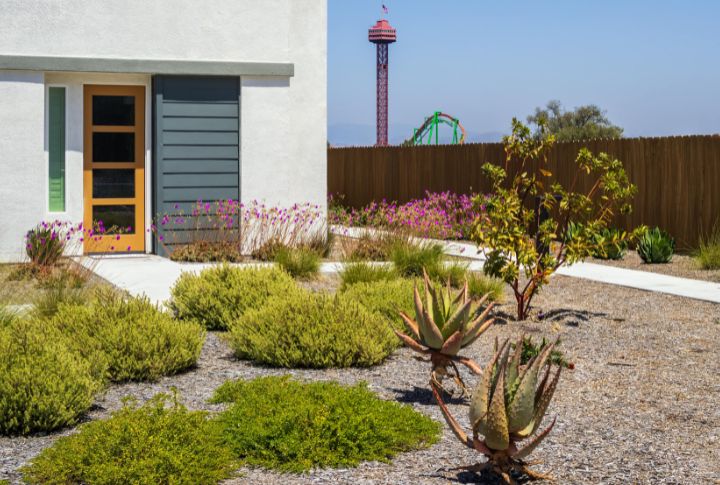
No one enjoys the thought of a wildfire hazard to their property, but being prepared makes all the difference. You need tips beyond the basics, merging expert advice with actionable steps you can take confidently. Your home’s safety isn’t just about hope but action. Here’s how to get started.
Clear Vegetation Around Structures

Fires consume available fuels, and vegetation is usually the first to ignite. Clear grass, leaves, and shrubs within 30 feet of your home to create a secure, defensible space. An area of this nature can halt fire progression. It safeguards your property while improving firefighter accessibility in case of an emergency.
Use Fire-Resistant Roofing Materials

A home’s roof bears the brunt of embers that fall during a wildfire. Opt for fire-resistant materials, such as metal or Class A shingles, to provide optimal protection for your home. Regular maintenance to clear debris enhances this protection further.
Install Ember-Resistant Vents
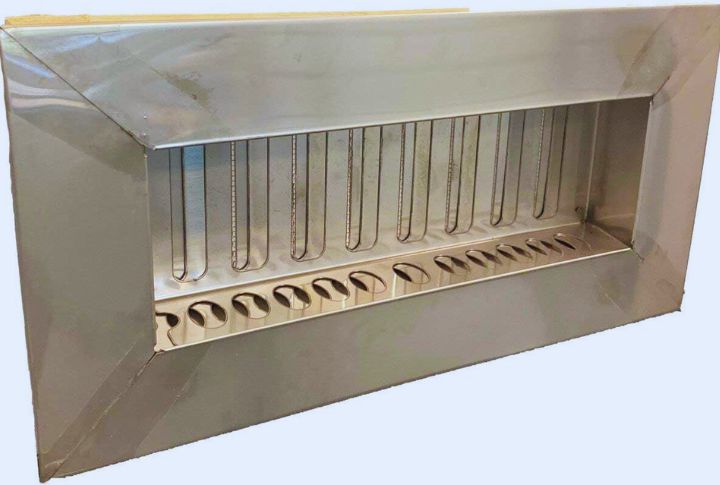
Embers, though small, can easily enter your home through vents and spark fires indoors. Installing ember-resistant vent covers is an effective way to block these sparks from reaching sensitive areas. High-quality designs with mesh screens or baffles provide protection while maintaining proper airflow throughout your home.
Create Gravel Zones Around Walls And Pathways

Dry vegetation and flammable materials around a property can dramatically increase the risk of fires spreading to homes. Gravel or stone barriers placed near walls and pathways create a fire-resistant buffer, making it harder for flames to reach your property.
Prune Trees To Maintain Clearance
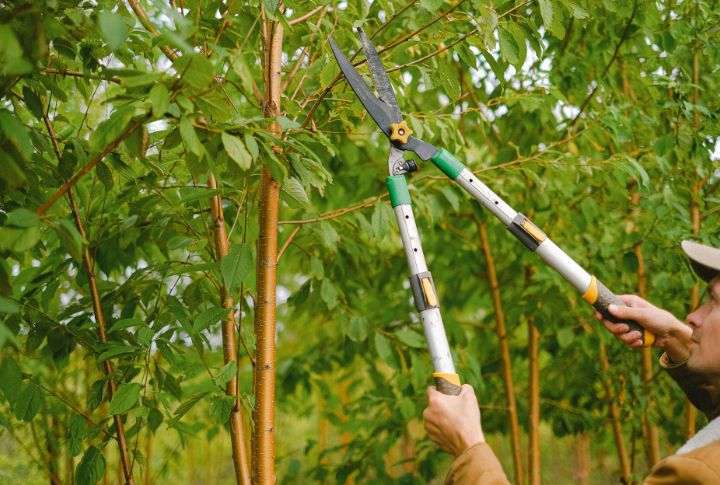
Tree branches that extend over rooftops or near windows act as potential fire pathways. Keeping a 10-foot clearance between trees and structures establishes a critical safety buffer. Routine trims eliminate fuel ladders from accumulating and prevent ground fires from advancing.
Seal Gaps In Walls And Eaves
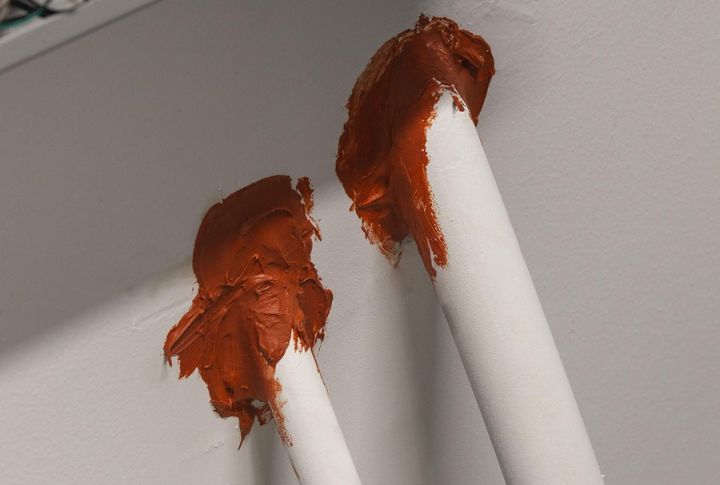
Invisible cracks can become an ember’s doorway. To make sure your home has added protection, seal gaps in walls, vents, and eaves with fire-resistant caulking. This straightforward fix can block embers from getting through to ignite interior spaces during wildfires, even if you are not home to observe.
Replace Plants With Fire-Safe Varieties

Certain plants are fire-safe due to their moisture content and low oil levels. Succulents and ornamental grasses can slow down fire spread, according to Sun City Texa FireWise Group. However, like any plant, they, too, need to be pruned and cared for properly to get the maximum benefit.
Store Combustible Materials Away From Homes

Combustible items like firewood and propane tanks can pose significant risks when stored near your home. Store these materials at least 30 feet away to reduce their hazard potential. A simple adjustment that can significantly lower wildfire risks from reaching your home quickly.
Install Gutter Guards And Clean Gutters Regularly
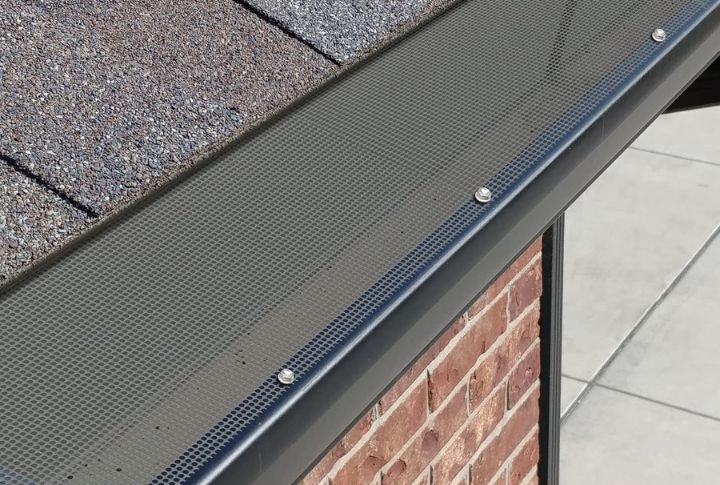
Accumulated debris in gutters provides the perfect fuel for embers. Guards for your gutters help keep leaves and twigs out, while seasonal cleaning clears any buildup and is promptly removed. Preventative measures such as this protect roofs from catching fire in critical moments.
Install Fire-Resistant Exterior Doors
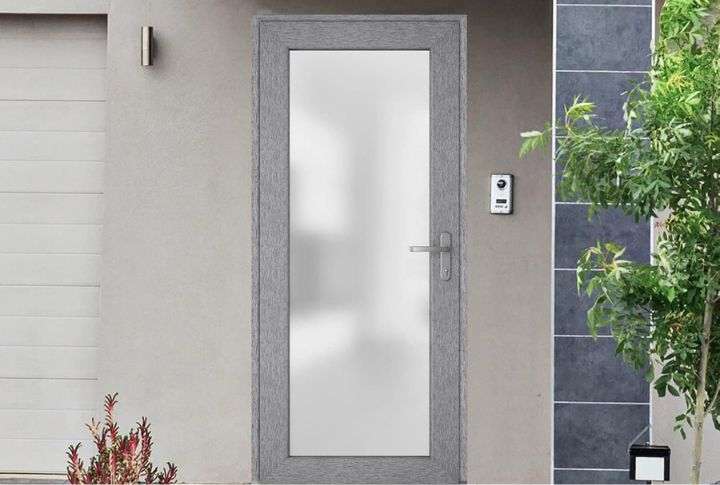
Hollow-core doors offer little protection against heat and flames. Replace them with solid wood, metal, or fire-rated doors designed to withstand high temperatures. These durable options enhance safety by fortifying entry points against fire hazards while also elevating the exterior design of your home with a sleek, stylish look.
Upgrade Windows With Fire-Resistant Glass

Standard windows often fail under intense heat. However, dual-pane tempered glass offers enhanced protection and fire penetration. Proper materials further bolster this safeguard, which makes it a critical upgrade for wildfire-prone areas. Even though this option might be a tad expensive, it makes up for it with wildfire protection.
Use Metal To Protect Perimeter
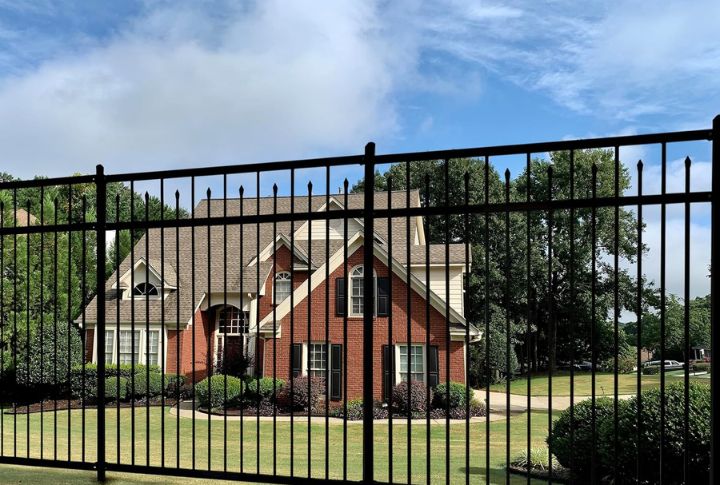
Wooden fences can act as wicks that invite flames directly to your home. On the other hand, metal fences, which can resist better, serve as effective barriers. A well-designed perimeter not only defends but also complements your property’s appearance. Discuss how to achieve this with your building contractors and landscapers.
Keep Outdoor Furniture Fire-Resistant

Outdoor furniture poses a surprising fire risk if made from flammable materials. Choosing options crafted from fire-resistant treated wood or metal reduces this danger while offering long-lasting durability. These safer alternatives prevent furniture from becoming a source of flying embers during a fire.
Develop Emergency Water Sources
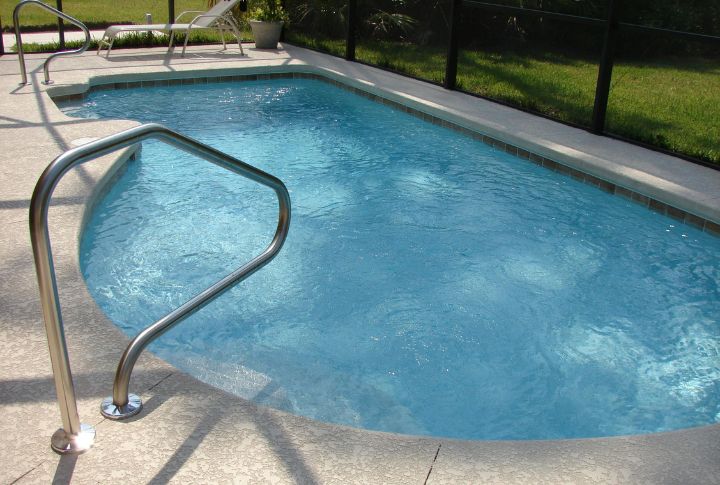
Reliable water sources, such as pools, cisterns, or ponds, are vital for fire preparedness. Equipped with high-pressure pumps and hoses, these sources provide quick access during emergencies. They are particularly essential in areas where municipal water supplies may be limited or insufficient during fire incidents.
Add Walls Made Of Non-Flammable Materials
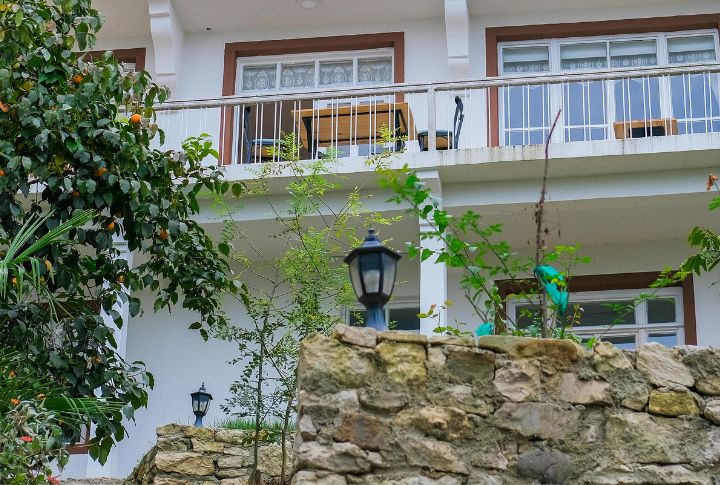
Concrete or stone retaining walls function as fire barriers and add structural appeal. Construct them strategically to help direct flames away from key structures. Their steadfast durability ensures long-term protection with minimal maintenance, unlike fences and walls made of other materials.
Install Weatherproofing On Doors And Windows

Some small gaps around entry doors and windows can let in embers. Weatherproofing creates a tight seal that protects against wildfire risks. It is a simple measure that is cost-effective and vital for your home’s fire resilience. A wise preventative measure is also a good look for your home insurance.
Apply Fire-Resistant Coatings To Structures

Fire-resistant sprays and paints create an additional layer of defense. The coatings are dependable for slowing down the spread of flames. It gives valuable time for fire rescue efforts. Reapplication every few years maintains their effectiveness. It is a wise investment.
Protect Decks And Balconies With Resistant Materials
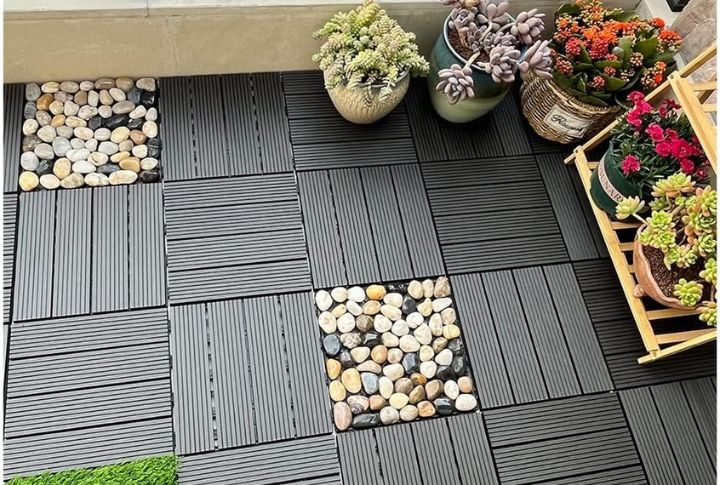
Untreated wood decks are extremely flammable and increase fire risks. Upgrading to composite materials or treated lumber provides better protection and durability. Consulting a contractor for these improvements ensures your outdoor spaces are safer and more resilient against potential fire hazards.
Upgrade Gas Lines With Emergency Valves

Equipping your gas lines with automatic shut-off valves can prevent dangerous leaks during a wildfire. These devices stop gas flow immediately if a rupture occurs, minimizing the risk of explosions or intensifying flames. It’s a proactive safety measure that protects your home and family in critical moments.
Chimneys With Spark Arrestors
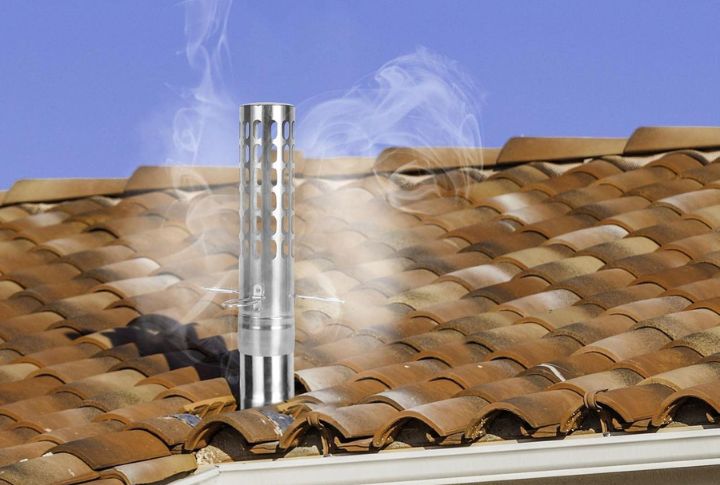
Chimneys can emit embers that ignite nearby fuels. Spark arrestors are a simple yet effective solution to reduce this risk, protecting your home and surroundings. Regular inspections keep these devices functional, providing year-round peace of mind. Do not bypass this to save your dollar in case you live in wildfire-prone areas.

